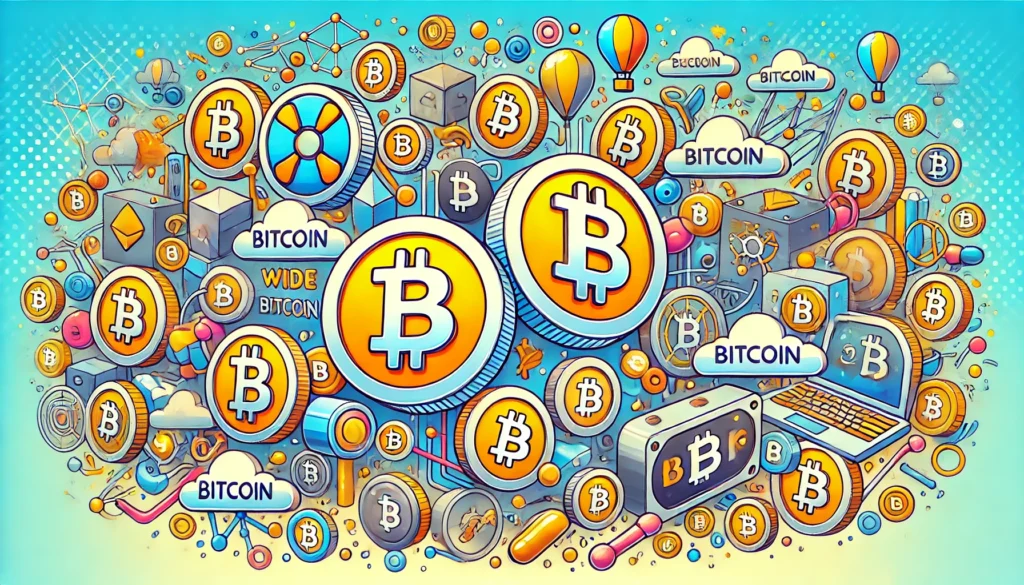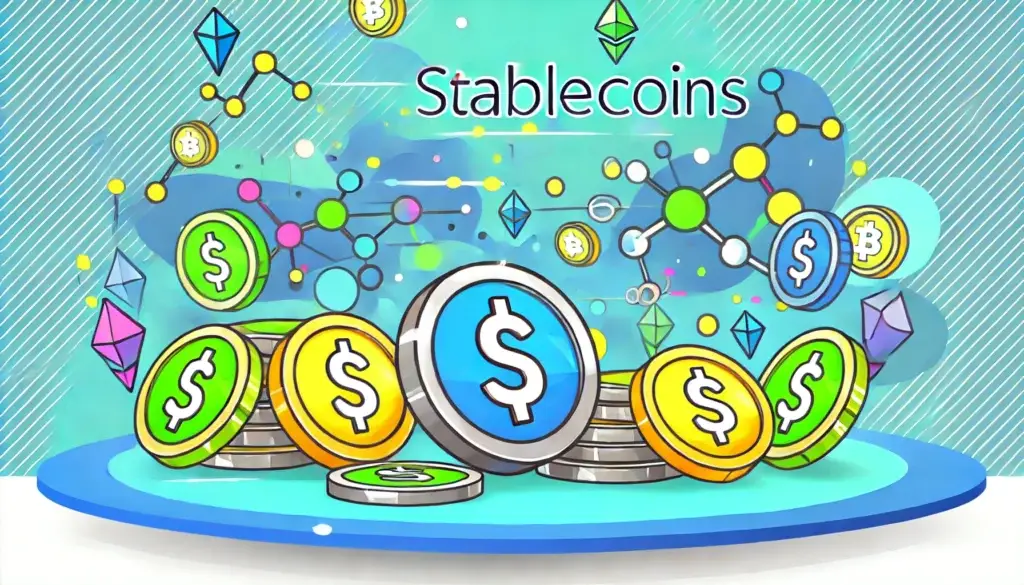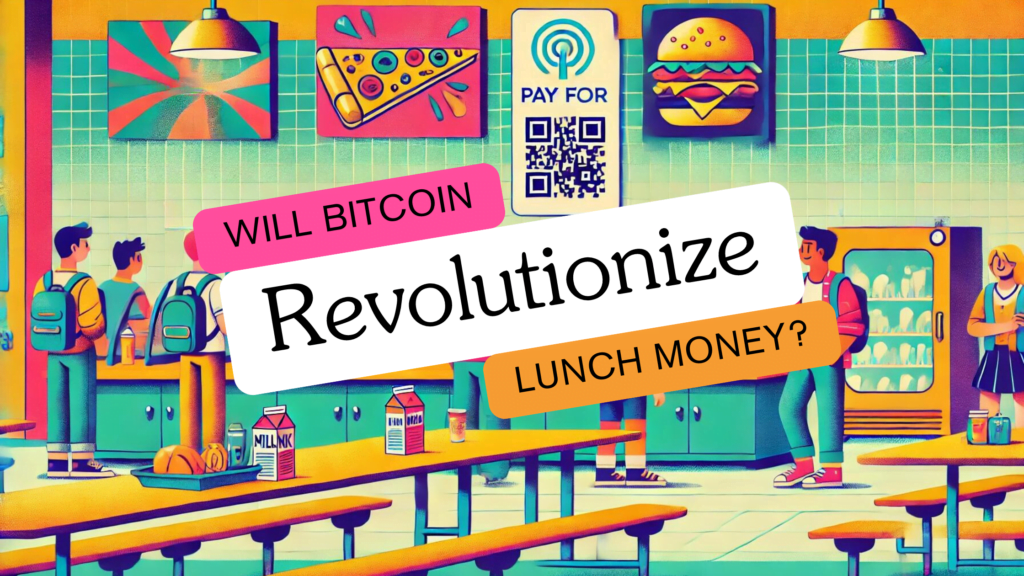We’ve all been there—just as we get the hang of using our smartphones to pay for coffee or wrapping our heads around Apple Pay, there’s a new wave of technology sweeping in to make us question everything. Enter cryptocurrency, a mysterious digital currency that, until recently, felt like it belonged in a sci-fi movie. But now? People are buying houses, paying for pizza, and even trading Pokemon cards with Bitcoin. So, naturally, this raises the question: Will our kids be paying for lunch with cryptocurrency someday?
It sounds wild, right? Your 10-year-old walks up to the school cafeteria, grabs their pizza and chocolate milk, and instead of handing over a crumpled $5 bill or tapping a card, they scan a QR code on their phone to pay with 0.00005 BTC. What was once the stuff of futuristic speculation could be closer than we think, but how close, really?
Let’s dive into what cryptocurrency is, how it works, and whether your kids will be ditching lunch money for Bitcoin any time soon.
What Is Cryptocurrency? (And Why Should You Care?)

Before we answer the big question of whether our kids will be paying for cafeteria food with Bitcoin, we need to understand what cryptocurrency even is. If you’ve heard about Bitcoin but have no idea how it works, don’t worry—you’re not alone. Cryptocurrency can be confusing, but once you break it down, it’s not all that bad.
Cryptocurrency is digital money that doesn’t exist in any physical form. That means no coins, no bills, no plastic cards—just code. And while that might sound sketchy, it’s actually built on a technology that makes it super secure: blockchain. Think of blockchain as a giant digital ledger where every single transaction is recorded, verified, and stored across a vast network of computers. Each time you make a transaction with cryptocurrency, it’s added to the blockchain, where it can’t be tampered with or erased.
That’s the magic of crypto—it’s decentralized, meaning there’s no government or bank controlling it. Instead, it’s all powered by math, computers, and a whole lot of tech wizardry. Bitcoin was the first big cryptocurrency to hit the scene, but now there are thousands—each with its own unique quirks. Some are being used by major companies for serious business, while others, like Dogecoin, were created as a joke (and yet still somehow became valuable).
So, what’s the big deal? Cryptocurrency allows for fast, borderless, and secure transactions without the need for banks or middlemen. In theory, this means you could pay for your lunch in New York with Bitcoin, while someone else is using it to buy coffee in Tokyo at the exact same time. And that’s pretty cool.
A New Type of Currency for a New Generation
Let’s face it, kids are already growing up with technology that we didn’t even dream of at their age. If you told 10-year-old me that I’d one day have a computer in my pocket with access to all of human knowledge (and also endless cat videos), I would’ve laughed you out of the room. Yet, here we are. And our kids are growing up with things like virtual currencies in their video games—spending V-Bucks in Fortnite or Robux in Roblox. So, the idea that they might start using real-world digital currencies like Bitcoin to buy things isn’t as crazy as it sounds.
Here’s the thing: in the same way that Apple Pay, Venmo, and digital wallets have made it easier for us to pay with our phones, cryptocurrency could be the next logical step. Imagine your kid walking into the cafeteria, scanning a code, and paying for lunch with Bitcoin, just as easily as they pay for Fortnite skins. As digital payments become more mainstream, cryptocurrencies could follow suit—especially among younger generations who are already comfortable with the concept of digital currency.
But there are a few obstacles we need to address before we get there.
Why Your Kid Probably Won’t Pay for Lunch with Bitcoin… Yet
Okay, let’s take a deep breath. While the idea of your kid paying for lunch with Bitcoin is fun to think about, we’re not quite there yet. In fact, there are a few major hurdles that need to be overcome before we can even consider cryptocurrency as a standard form of payment for everyday purchases like school lunches.
1. Cryptocurrency is still pretty confusing. Let’s be real—crypto can be complicated. Ask anyone who’s tried to explain how blockchain works at a dinner party, and they’ll likely tell you it’s not the easiest thing to understand. Until cryptocurrency becomes easier for the average person (including kids) to use and understand, it’s unlikely we’ll see it replacing cash or card payments any time soon.
2. It’s too volatile. One of the biggest challenges with using something like Bitcoin for everyday purchases is that its value fluctuates wildly. One day, 0.00005 BTC might buy you a slice of pizza, but the next day, it might not even cover the sauce. This volatility makes it hard to rely on Bitcoin as a stable currency for things like lunch money. Until cryptocurrency stabilizes or new solutions are created, its volatility will remain a major roadblock to widespread adoption.
3. It needs to be adopted more widely. While some companies and businesses are starting to accept cryptocurrency, it’s still not universal. For crypto to become a standard method of payment, a lot more businesses (and schools) need to get on board. Right now, it’s more likely that your local coffee shop will accept Apple Pay than Bitcoin. But that could change as crypto becomes more mainstream.
So, Will Bitcoin Be Your Kid’s Lunch Money?
The big question: Will your kids be using Bitcoin to pay for lunch in the future? The answer is complicated. On one hand, it’s not entirely out of the realm of possibility. Cryptocurrency is gaining traction, and as digital payments continue to evolve, we could see Bitcoin (or another type of cryptocurrency) become a more viable option for everyday purchases.
However, the volatility of crypto, the complexity of blockchain, and the need for widespread adoption make it unlikely that your kid will be paying for their lunch with Bitcoin in the immediate future. That being said, cryptocurrency is still in its early stages, and who knows where we’ll be in 10 or 20 years?
Enter Stablecoins: The Future of Everyday Crypto Payments?

If Bitcoin seems a little too unpredictable to be used for lunch money, you’re not alone. This is where stablecoins come in. Stablecoins are a type of cryptocurrency that are tied to a more stable asset, like the U.S. dollar. This makes them less volatile and more reliable for everyday transactions.
In fact, stablecoins might just be the key to making cryptocurrency more practical for things like school lunches, groceries, or even that overpriced latte. By tying the value of a stablecoin to a traditional currency, you get the benefits of blockchain and digital payments without the unpredictability of Bitcoin’s value swings.
Imagine this: Your kid walks into the cafeteria, pulls out their phone, and pays with a stablecoin that’s worth exactly $5.00. No worrying about whether the value of their crypto dropped while they were in line. Stablecoins offer a more secure, stable, and predictable option for using cryptocurrency in the real world.
Crypto for Kids: Why This Matters for the Future
Alright, so maybe your kids aren’t paying for their chicken nuggets with Bitcoin just yet, but understanding cryptocurrency is important for their future. As crypto and blockchain technologies continue to evolve, they’ll have a profound impact on everything from finance to data security to how we interact with technology.
In the same way that today’s kids are growing up with smartphones, tablets, and digital assistants, they might also grow up with cryptocurrency as a normal part of their financial toolkit. By the time your kid hits high school, paying for things with Bitcoin (or a stablecoin) might be as common as swiping a card is for us today.
And it’s not just about currency—blockchain technology, which underpins cryptocurrency, could change how we vote, how contracts are handled, and how personal data is secured. It’s a foundational technology that could reshape the world as we know it, and understanding its potential is key for preparing our kids for the future.
Preparing Your Kids for a Crypto-Powered Future
So, what should you do to get ready for this potential future where your kids might be paying for things with cryptocurrency? First, start learning about crypto yourself. There are plenty of resources out there that can help you understand the basics of Bitcoin, blockchain, and stablecoins.
Second, talk to your kids about it. Chances are, they’re already interacting with virtual currencies in their games and apps, so introducing them to real-world crypto concepts isn’t as much of a leap as it might seem. Help them understand that while crypto is exciting, it’s also important to approach it with caution and understanding.
Finally, keep an eye on how the world of cryptocurrency is evolving. Things are changing fast, and what seems like a distant possibility today could be a reality tomorrow. Who knows? Maybe in a few years, your kids will be paying for lunch with Bitcoin—or something even more futuristic.
Cryptocurrency might not be replacing lunch money just yet, but it’s certainly a part of the financial future that our kids will navigate. Whether it’s Bitcoin, stablecoins, or some new type of digital currency, the world is changing—and it’s going to be one wild ride.



